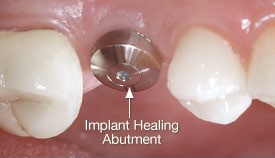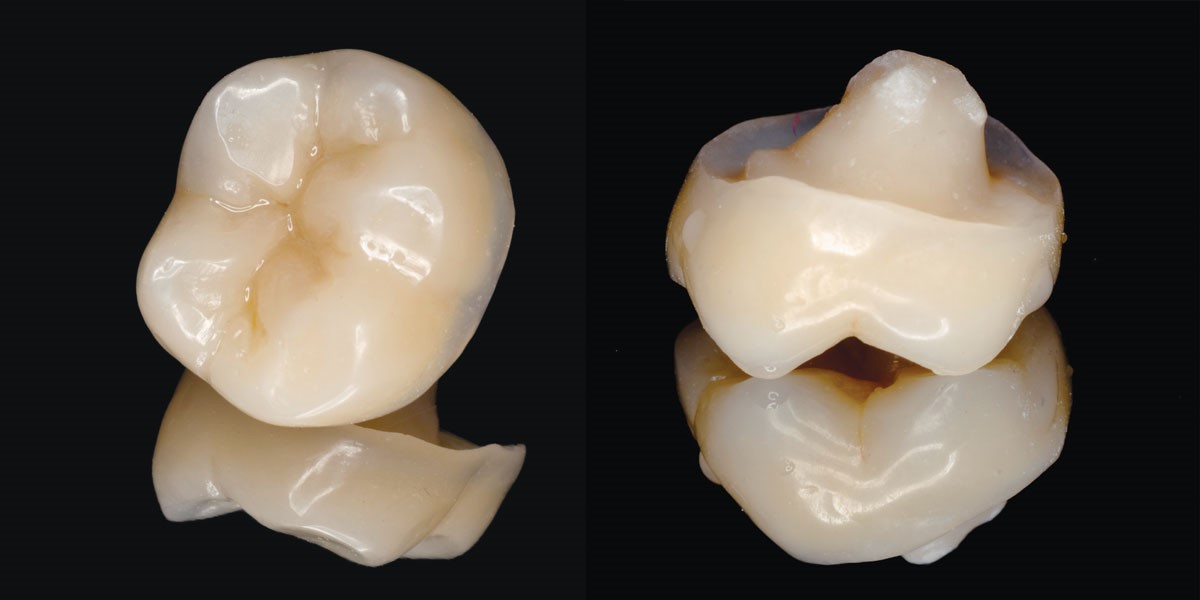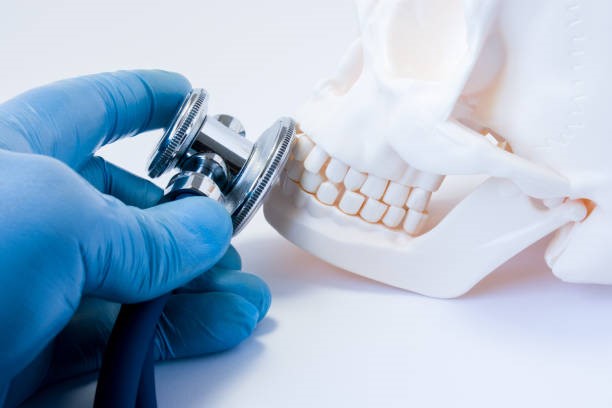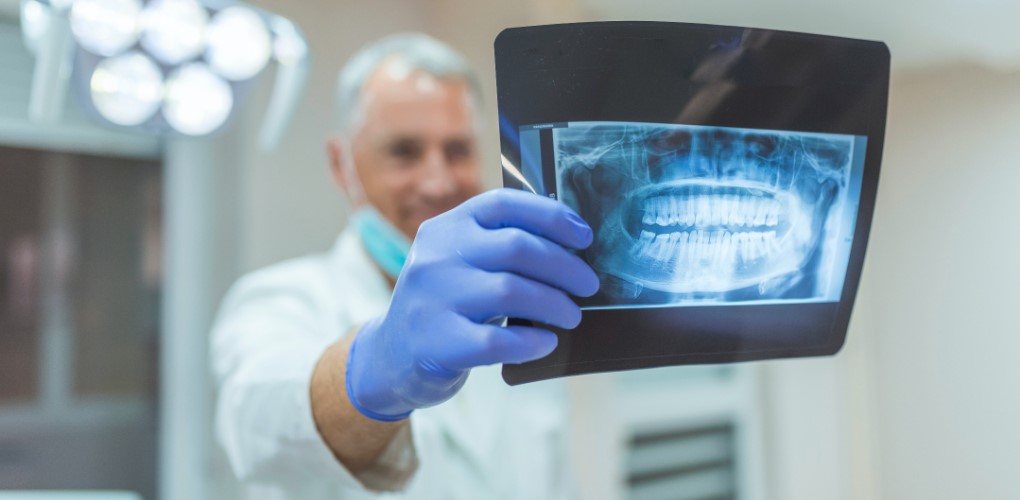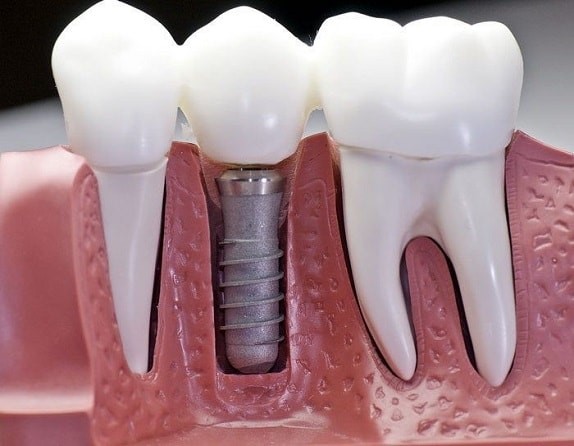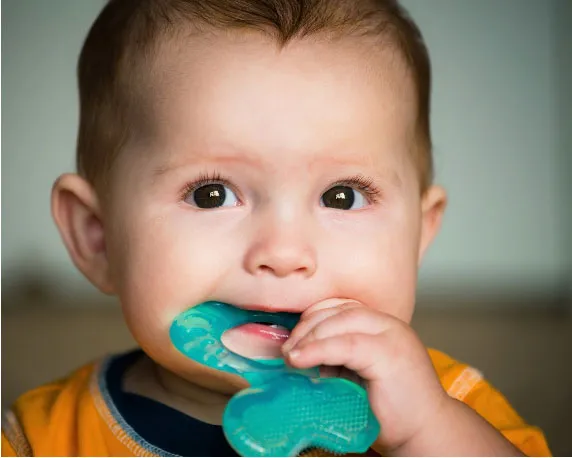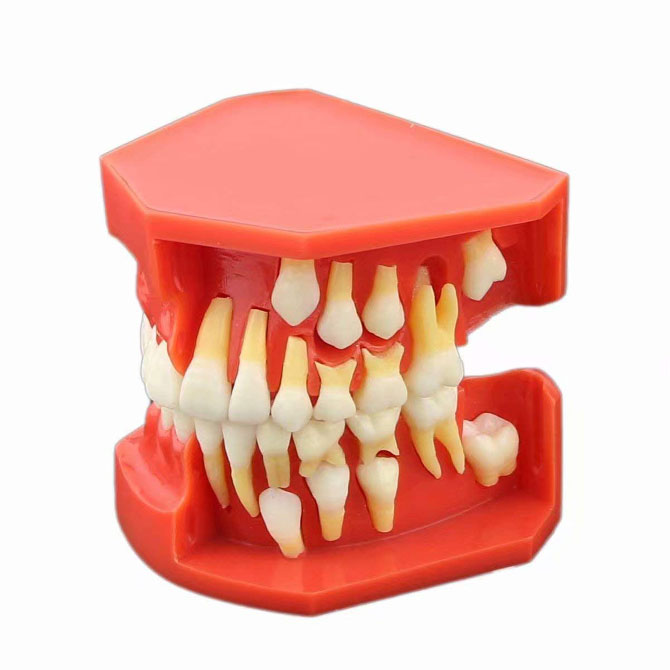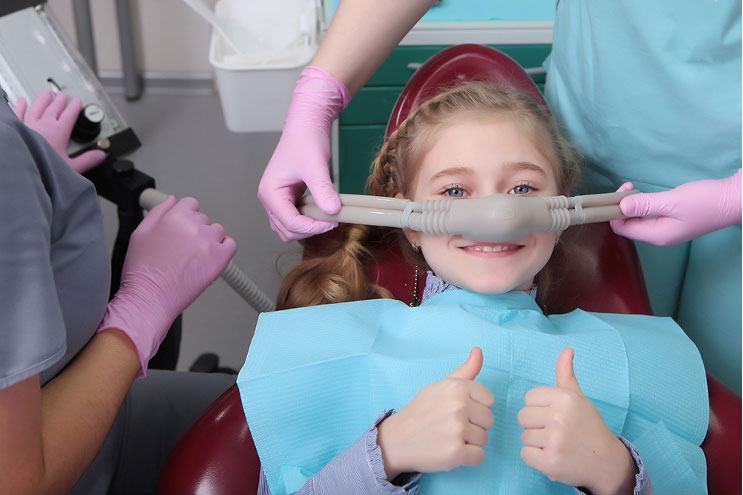Understanding, Recognizing, and Addressing the Challenge
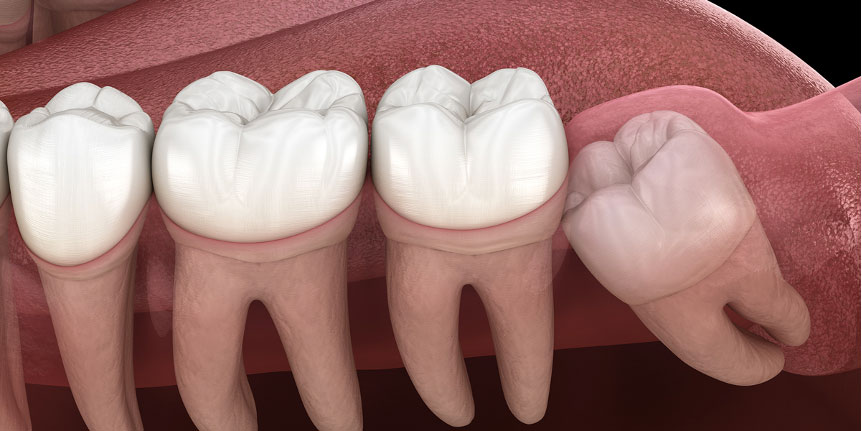
Impacted Teeth: Understanding, Recognizing, and Addressing the Challenge
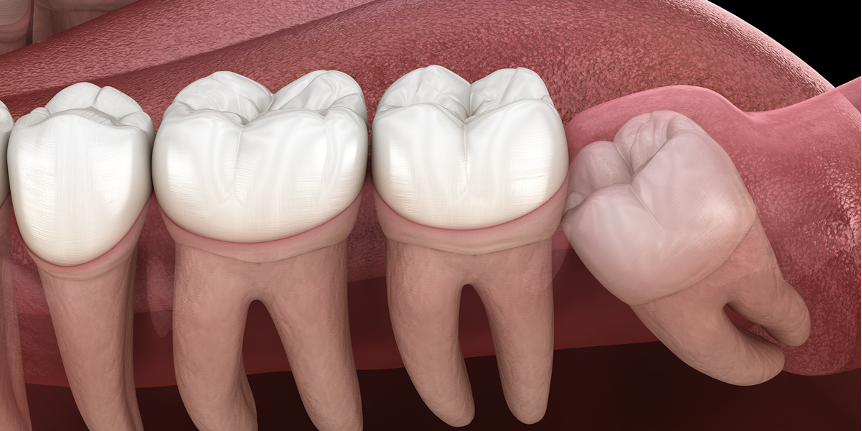
Impacted teeth, a common dental occurrence, present challenges that require a comprehensive understanding for effective management. In this exploration, we delve into the intricacies of impacted teeth, exploring their causes, common signs and symptoms, potential complications, and the range of interventions available. By unraveling the complexities of impacted teeth, individuals and dental professionals alike can navigate this challenge with knowledge and make informed decisions for optimal oral health.
Understanding Impacted Teeth
Impaction occurs when a tooth is unable to fully emerge through the gum line. This can happen for various reasons, often related to the tooth's position, alignment issues, or insufficient space in the jaw. While any tooth can become impacted, the third molars, or wisdom teeth, are particularly prone to this condition due to their position at the back of the mouth.
Common Locations
1. Wisdom Teeth: The third molars, or wisdom teeth, are particularly prone to impaction due to their location at the back of the mouth. Impacted wisdom teeth can cause pain, swelling, and potential damage to adjacent teeth.
2. Canines: Canine teeth, essential for a balanced bite, may also become impacted, especially when there is insufficient space for their proper eruption.
1. Causes of Tooth Impaction
Insufficient Space
The most common cause of tooth impaction is a lack of adequate space in the jaw for a tooth to emerge properly. This often occurs with the eruption of wisdom teeth, as the jaw may not have ample room to accommodate these additional molars.
Misalignment or Rotation
Teeth that are misaligned or rotated may encounter obstacles during the eruption process, leading to impaction. This misalignment can be a result of genetic factors, crowding, or irregularities in the tooth structure.
2. Signs and Symptoms of Impacted Teeth
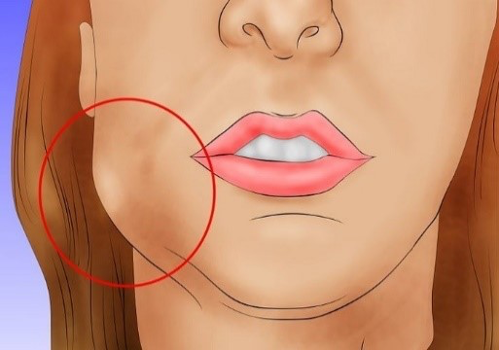
Localized Pain and Discomfort
Impacted teeth often manifest with localized pain and discomfort. This discomfort can vary from a dull ache to sharp pain, especially during chewing or when pressure is applied to the affected area.
Radiating Pain
The pain from impacted teeth may not be confined to the immediate area. It can radiate to adjacent regions, including the jaw and ear, contributing to an overall sense of discomfort.
Swelling and Inflammation
The gum tissue around an impacted tooth may become swollen and inflamed. This swelling is often accompanied by redness and tenderness in the affected area.
3. Complications Associated with Impacted Teeth
Infection
Impacted teeth can create pockets where bacteria can accumulate, leading to infections. Pericoronitis, inflammation of the soft tissues surrounding a partially erupted tooth, is a common complication.
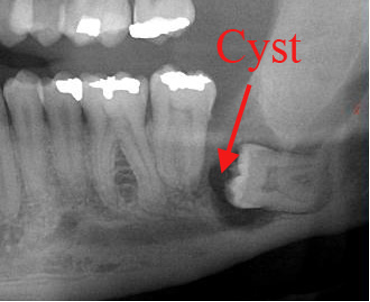
Cyst Formation
In some cases, impacted teeth can lead to the formation of cysts. These cysts may grow and cause damage to the surrounding bone and adjacent teeth if left untreated.
4. Diagnostic Approaches for Impacted Teeth
Clinical Examination
A thorough clinical examination by a dentist is crucial for diagnosing impacted teeth. This includes visual inspection, palpation, and assessing the patient's symptoms.
X-rays and Imaging Studies
X-rays and imaging studies, such as panoramic radiographs, provide detailed views of the teeth below the gum line. These images aid in identifying the position and orientation of impacted teeth.
5. Management and Intervention Strategies
Orthodontic Interventions
Early orthodontic evaluation can identify misalignments or crowding issues contributing to tooth impaction. Orthodontic treatments, such as braces or aligners, may be employed to create space for natural eruption.
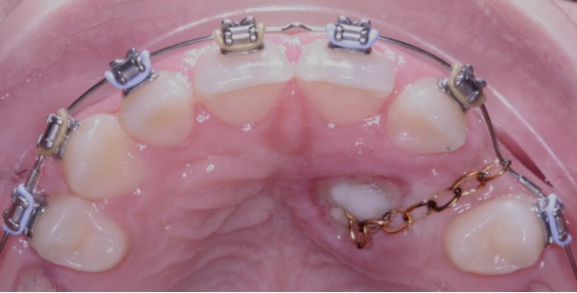
Surgical Extraction
When impacted teeth cause pain, infection, or potential damage to adjacent teeth, surgical extraction may be recommended. This is a common and routine procedure performed by oral and maxillofacial surgeons.
The Necessity of Surgical Extraction
Indications for Surgical Extraction
1. Impacted Wisdom Teeth: Surgical extraction is commonly indicated for impacted wisdom teeth that cause pain, infection, or potential damage to adjacent teeth.
2. Complications: Impacted teeth that lead to complications such as cyst formation or damage to nearby structures may necessitate surgical removal.
The Surgical Extraction Process
1. Preoperative Assessment: Before the surgery, a comprehensive assessment, including X-rays, is conducted to evaluate the position of the impacted tooth and plan the extraction.
2. Anesthesia: Local or general anesthesia is administered to ensure the patient's comfort during the procedure.
3. Incision and Bone Removal: In cases of deeply impacted teeth, a small incision may be made in the gum, and if necessary, a portion of the surrounding bone may be removed to access the tooth.
4. Tooth Removal: The impacted tooth is carefully extracted, and any debris or infection is thoroughly cleaned from the surgical site.
5. Closure: The incision is closed with stitches, and postoperative care instructions are provided.
Postoperative Care and Recovery
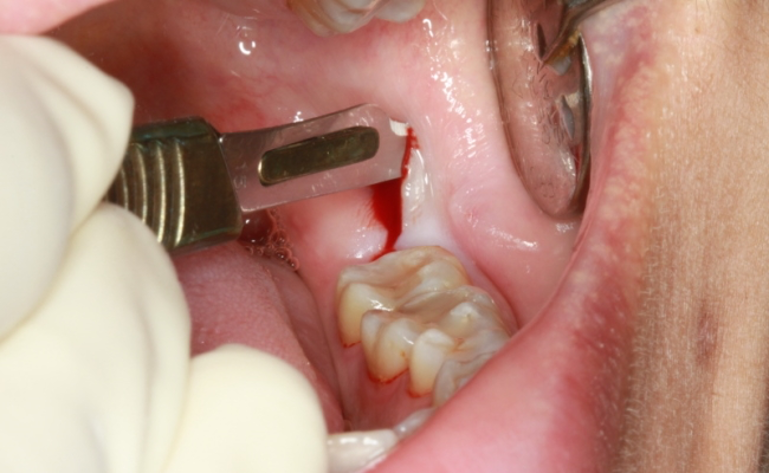
Pain Management
1. Prescribed Medications: Pain relievers and, if necessary, antibiotics are prescribed to manage pain and prevent infection.
2. Ice Packs: Applying ice packs to the affected area helps reduce swelling and discomfort.
Oral Hygiene and Diet
1. Gentle Oral Hygiene: Patients are advised to practice gentle oral hygiene, avoiding the surgical site during brushing and flossing.
2. Soft Diet: A soft diet is recommended initially to prevent irritation to the surgical area.
6. Preventive Measures and Proactive Dental Care
Regular Dental Check-ups
Regular dental check-ups allow for early detection of potential issues related to tooth impaction. X-rays during these visits can reveal the presence of impacted teeth before symptoms become severe.
Optimal Oral Hygiene Practices
Diligent brushing and flossing help prevent the accumulation of plaque and debris around teeth, reducing the risk of infections and complications associated with impacted teeth.
Conclusion: Empowering Individuals to Navigate Impacted Teeth
In conclusion, impacted teeth pose a common yet manageable challenge in dentistry. By understanding the causes, recognizing signs and symptoms, and exploring available interventions, individuals can navigate the complexities of impacted teeth proactively. Regular dental check-ups, preventive measures, and timely interventions empower individuals to maintain optimal oral health and well-being.
Understanding the nuances of impacted teeth is crucial for both individuals and dental professionals. By fostering awareness and embracing comprehensive dental care, the impact of impacted teeth on one's oral health can be minimized, ensuring a brighter and healthier smile.
Sources
- [American Association of Oral and Maxillofacial Surgeons - Wisdom Teeth](https://www.aaoms.org/topics/wisdom-teeth)
- [American Dental Association - Impacted Wisdom Teeth](https://www.ada.org/en/press-room/news-releases/2011-archive/december/new-study-looks-at-difficulties-of-impacted-wisdom-teeth)

Impacted Teeth: Understanding, Recognizing, and Addressing the Challenge

Impacted teeth, a common dental occurrence, present challenges that require a comprehensive understanding for effective management. In this exploration, we delve into the intricacies of impacted teeth, exploring their causes, common signs and symptoms, potential complications, and the range of interventions available. By unraveling the complexities of impacted teeth, individuals and dental professionals alike can navigate this challenge with knowledge and make informed decisions for optimal oral health.
Understanding Impacted Teeth
Impaction occurs when a tooth is unable to fully emerge through the gum line. This can happen for various reasons, often related to the tooth's position, alignment issues, or insufficient space in the jaw. While any tooth can become impacted, the third molars, or wisdom teeth, are particularly prone to this condition due to their position at the back of the mouth.
Common Locations
1. Wisdom Teeth: The third molars, or wisdom teeth, are particularly prone to impaction due to their location at the back of the mouth. Impacted wisdom teeth can cause pain, swelling, and potential damage to adjacent teeth.
2. Canines: Canine teeth, essential for a balanced bite, may also become impacted, especially when there is insufficient space for their proper eruption.
1. Causes of Tooth Impaction
Insufficient Space
The most common cause of tooth impaction is a lack of adequate space in the jaw for a tooth to emerge properly. This often occurs with the eruption of wisdom teeth, as the jaw may not have ample room to accommodate these additional molars.
Misalignment or Rotation
Teeth that are misaligned or rotated may encounter obstacles during the eruption process, leading to impaction. This misalignment can be a result of genetic factors, crowding, or irregularities in the tooth structure.
2. Signs and Symptoms of Impacted Teeth

Localized Pain and Discomfort
Impacted teeth often manifest with localized pain and discomfort. This discomfort can vary from a dull ache to sharp pain, especially during chewing or when pressure is applied to the affected area.
Radiating Pain
The pain from impacted teeth may not be confined to the immediate area. It can radiate to adjacent regions, including the jaw and ear, contributing to an overall sense of discomfort.
Swelling and Inflammation
The gum tissue around an impacted tooth may become swollen and inflamed. This swelling is often accompanied by redness and tenderness in the affected area.
3. Complications Associated with Impacted Teeth
Infection
Impacted teeth can create pockets where bacteria can accumulate, leading to infections. Pericoronitis, inflammation of the soft tissues surrounding a partially erupted tooth, is a common complication.

Cyst Formation
In some cases, impacted teeth can lead to the formation of cysts. These cysts may grow and cause damage to the surrounding bone and adjacent teeth if left untreated.
4. Diagnostic Approaches for Impacted Teeth
Clinical Examination
A thorough clinical examination by a dentist is crucial for diagnosing impacted teeth. This includes visual inspection, palpation, and assessing the patient's symptoms.
X-rays and Imaging Studies
X-rays and imaging studies, such as panoramic radiographs, provide detailed views of the teeth below the gum line. These images aid in identifying the position and orientation of impacted teeth.
5. Management and Intervention Strategies
Orthodontic Interventions
Early orthodontic evaluation can identify misalignments or crowding issues contributing to tooth impaction. Orthodontic treatments, such as braces or aligners, may be employed to create space for natural eruption.

Surgical Extraction
When impacted teeth cause pain, infection, or potential damage to adjacent teeth, surgical extraction may be recommended. This is a common and routine procedure performed by oral and maxillofacial surgeons.
The Necessity of Surgical Extraction
Indications for Surgical Extraction
1. Impacted Wisdom Teeth: Surgical extraction is commonly indicated for impacted wisdom teeth that cause pain, infection, or potential damage to adjacent teeth.
2. Complications: Impacted teeth that lead to complications such as cyst formation or damage to nearby structures may necessitate surgical removal.
The Surgical Extraction Process
1. Preoperative Assessment: Before the surgery, a comprehensive assessment, including X-rays, is conducted to evaluate the position of the impacted tooth and plan the extraction.
2. Anesthesia: Local or general anesthesia is administered to ensure the patient's comfort during the procedure.
3. Incision and Bone Removal: In cases of deeply impacted teeth, a small incision may be made in the gum, and if necessary, a portion of the surrounding bone may be removed to access the tooth.
4. Tooth Removal: The impacted tooth is carefully extracted, and any debris or infection is thoroughly cleaned from the surgical site.
5. Closure: The incision is closed with stitches, and postoperative care instructions are provided.
Postoperative Care and Recovery

Pain Management
1. Prescribed Medications: Pain relievers and, if necessary, antibiotics are prescribed to manage pain and prevent infection.
2. Ice Packs: Applying ice packs to the affected area helps reduce swelling and discomfort.
Oral Hygiene and Diet
1. Gentle Oral Hygiene: Patients are advised to practice gentle oral hygiene, avoiding the surgical site during brushing and flossing.
2. Soft Diet: A soft diet is recommended initially to prevent irritation to the surgical area.
6. Preventive Measures and Proactive Dental Care
Regular Dental Check-ups
Regular dental check-ups allow for early detection of potential issues related to tooth impaction. X-rays during these visits can reveal the presence of impacted teeth before symptoms become severe.
Optimal Oral Hygiene Practices
Diligent brushing and flossing help prevent the accumulation of plaque and debris around teeth, reducing the risk of infections and complications associated with impacted teeth.
Conclusion: Empowering Individuals to Navigate Impacted Teeth
In conclusion, impacted teeth pose a common yet manageable challenge in dentistry. By understanding the causes, recognizing signs and symptoms, and exploring available interventions, individuals can navigate the complexities of impacted teeth proactively. Regular dental check-ups, preventive measures, and timely interventions empower individuals to maintain optimal oral health and well-being.
Understanding the nuances of impacted teeth is crucial for both individuals and dental professionals. By fostering awareness and embracing comprehensive dental care, the impact of impacted teeth on one's oral health can be minimized, ensuring a brighter and healthier smile.
Sources
- [American Association of Oral and Maxillofacial Surgeons - Wisdom Teeth](https://www.aaoms.org/topics/wisdom-teeth)
- [American Dental Association - Impacted Wisdom Teeth](https://www.ada.org/en/press-room/news-releases/2011-archive/december/new-study-looks-at-difficulties-of-impacted-wisdom-teeth)
